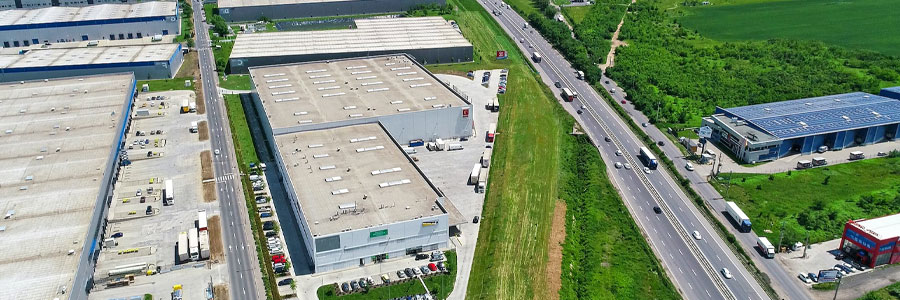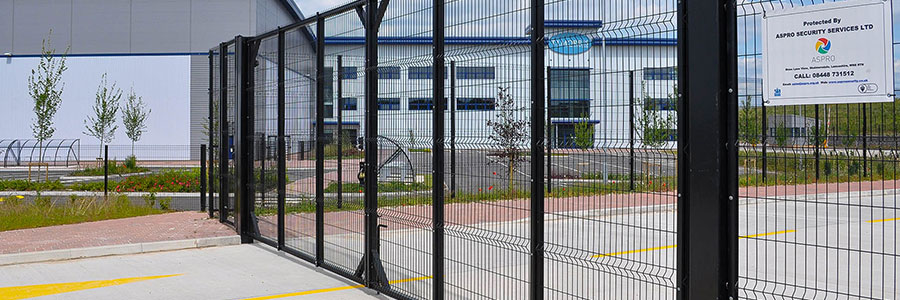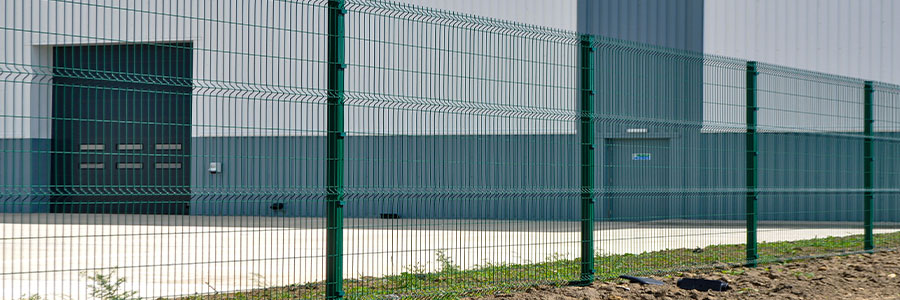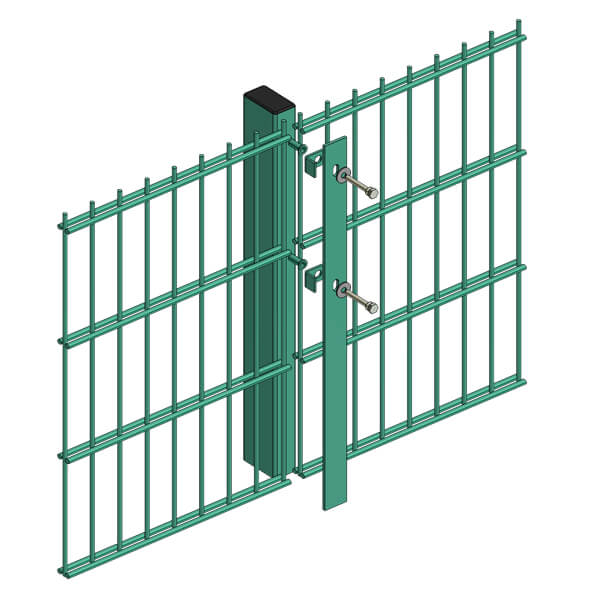Published:
A recent government study highlighted a promising trend for businesses across various sectors, revealing a substantial 40% reduction in crime incidents at business premises over the past decade.
This blog post discusses our key takeaways from the study, delving into the evolving landscape of business crime, and the types of crimes that businesses are most vulnerable to.
The Changing Face of Business Crimes:
The study highlights a significant shift in the types of crimes reported, with a notable 40% reduction in incidents over the past decade. This is particularly encouraging, as only 28% of business premises experienced a crime of any kind in the past 12 months, compared to 46% in 2012. Let’s explore the specific types of crimes that businesses are most vulnerable to.
- Theft: In 2022, theft emerged as the most common crime, reported by 15% of business premises, with customer theft being the primary concern (11%). This is a stark contrast to 2012, when thefts overwhelmingly dominated the crime landscape, comprising 74% of surveyed incidents.
- Burglary and Vandalism: 9% of business premises reported incidents of burglary and vandalism in 2022, marking a decrease from previous years.
- Assaults and Threats: The occurrence of assaults or threats reduced to 7% of business premises in 2022.
- Robbery and Vehicle-related Theft: These incidents also decreased, affecting 3% of business premises.
Crime Vulnerability by Business Sector:
The study categorised crime vulnerability by business sector, revealing exciting insights. The types of crimes that businesses are most vulnerable to vary across sectors.
- Wholesale and Retail Sectors: These sectors experienced a 42% incidence rate in 2022, showing a notable decrease from 2012 (53%).
- Transportation, Accommodation, and Food Sectors: These sectors reported a 36% incidence rate in 2022, down from 43% in 2012.
- Manufacturing Sector: Premises in this sector were most likely to be victims of burglaries, vandalism, or theft, with a stable 30% incidence rate from 2012 to 2022.
The Rise of Online Crime:
A noteworthy revelation from the study is the prevalence of online crime, affecting 8% of business premises across all sectors. The manufacturing sector reported the highest rate of online crime, while the accommodation and food sector had the highest rate of assaults and threats.
Crime Prevention Measures
According to the study, The top three security measures businesses adopt include a functional alarm system, secure window and door locks, and external CCTV cameras. However, criminals are becoming more sophisticated in their criminal tactics. In addition to traditional security measures, soft preventative measures are crucial in deterring criminals. Security gates, for example, make access difficult and signal advanced security. When combined with mesh fencing, businesses can ensure high-quality security and excellent privacy, making them a popular choice for those aiming to protect their premises.
Protect Your Business
As businesses continue to adapt to evolving crime trends, it is evident that a combination of robust security measures and preventative tactics is key to safeguarding premises. The strides made over the past decade reflect a positive trajectory, assuring business owners and customers. However, businesses need to stay vigilant, implement effective strategies, and stay updated on the specific types of crimes they are most vulnerable to and how to secure their premises. To learn more about securing your business, contact our team of experts today.









